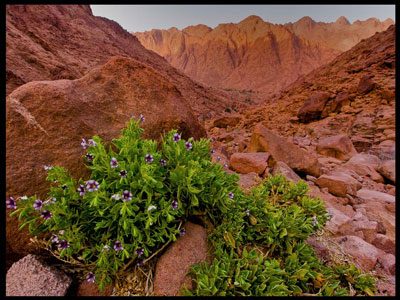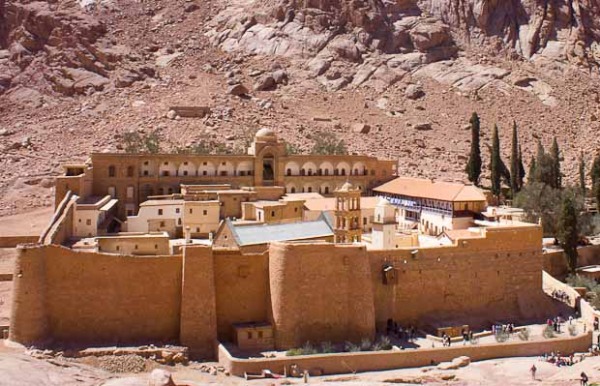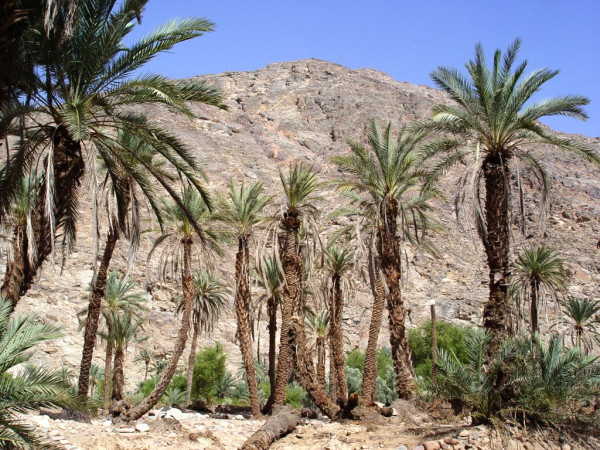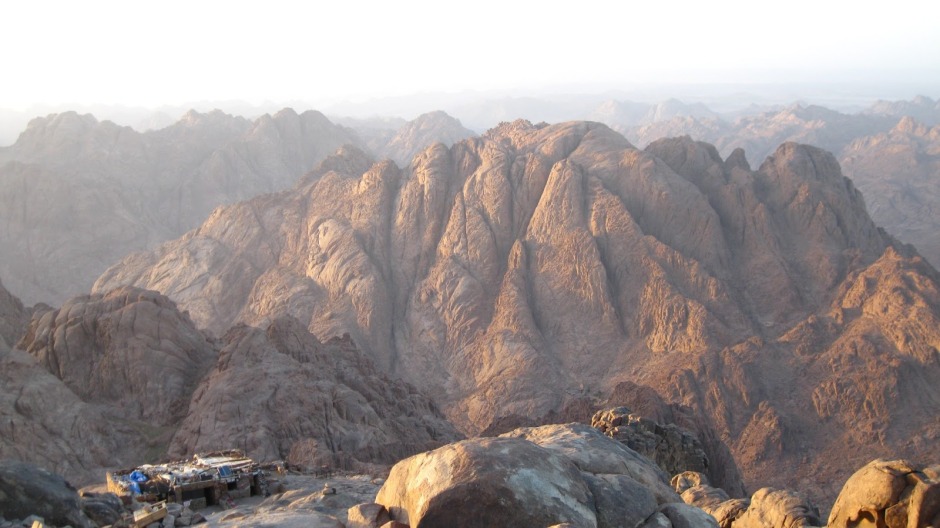I discovered the Sinai Peninsula in the summer of 1967, shortly after Israel had conquered it in the Six Day War. Like so many other North Americans whose head had been turned by that war, I had come to Israel to be a volunteer on a kibbutz. A month or so into my stay, the kibbutz reciprocated. All the volunteers would be treated to a free trip to southern Israel and the Sinai.
We didn’t venture much past Taba, the border post separating Egypt from Israel. But even a fleeting glimpse of Sinai’s grandeur was enough to set my blood running. The pristine stretches of desert and the brooding mountains were impressive. And at night, the sky was blotched with a spectacular galaxy of stars.
In the intervening years, I visited Sinai again and again. As I plumbed its depths, my awe and admiration grew exponentially. Sinai, with its amazing flora and fauna, became one of my favorite destinations, a place for the eyes and soul.
Which is why I eagerly delved into Omar Attum’s coffee table album, Sinai: Landscape and Nature in Egypt’s Wilderness (The American University in Cairo Press). Attum, a wildlife biologist and professor at Indiana University, has been exploring the nooks and crannies of Sinai since he was 16. And since 1998, he has conducted research and surveys in the Sinai, which of late, regrettably, has become a redoubt of Islamic radicals.
In an evocative essay, Attum introduces readers to its rough and jagged terrain (awesome mountains in the south and sand dunes in the north) and its variable weather (dangerous flash floods from late autumn onwards and incongruous snow at higher elevations in winter).

The wildlife, though elusive, is magnificent: Gazelles and ibexes effortlessly negotiating peaks, foxes hunting for prey, mice emerging from sand burrows, snakes and lizards slithering across a dusty plain and tortoises relaxing in the sun.
Sinai is mostly about the photographs — the sharp, keenly-observed 150 full-color photos representing the totality of the peninsula’s diverse landscapes.

St. Catherine’s monastery after a heavy snowfall looks otherwordly, far different than I’ve known it. Mt. Sinai at dusk and daybreak exudes spiritual beauty. Palm trees in a wadi — a dry river bed — and acacias in silhouette bring out the poetry in me. A sandstone colored canyon and sandstone rock formations exude a sense of timelessness.
Pink flowers sprouting after a rainfall are synonymous with the resilience of life. A natural swimming pool beckons a tired, thirsty hiker. A golden spiny mouse here, and a baby Fennec fox there, are symbolic of the diversity of Sinai’s animal kingdom.
A sand dune near Lake Bardawil, and a salt pond in the Zaranik preserve, pay homage to Sinai’s largely undisturbed wilderness.

Attum avoids the popular Red Sea beaches, which attract legions of tourists, and he stays clear of the resorts and hotels in Dahab and Sharm el Sheikh. His focus is purely on nature, which is fine with me.
Sinai is a natural wonder to behold and savor, and Attum has distilled its essence through the prism of stunning photographs.

